Budapest is a city that, over the centuries, has been able to emerge from countless conflicts and transformations. From its origins as a Roman settlement to its unification in 1873, the Hungarian capital has witnessed invasions, sieges and reconstruction processes that have forged a unique identity. This historical tour highlights the monuments that have survived wars and upheavals, and offers recommendations for visiting them, discovering the city’s resilience and rich cultural heritage.
Historical Context
From its Origins and the Roman Legacy
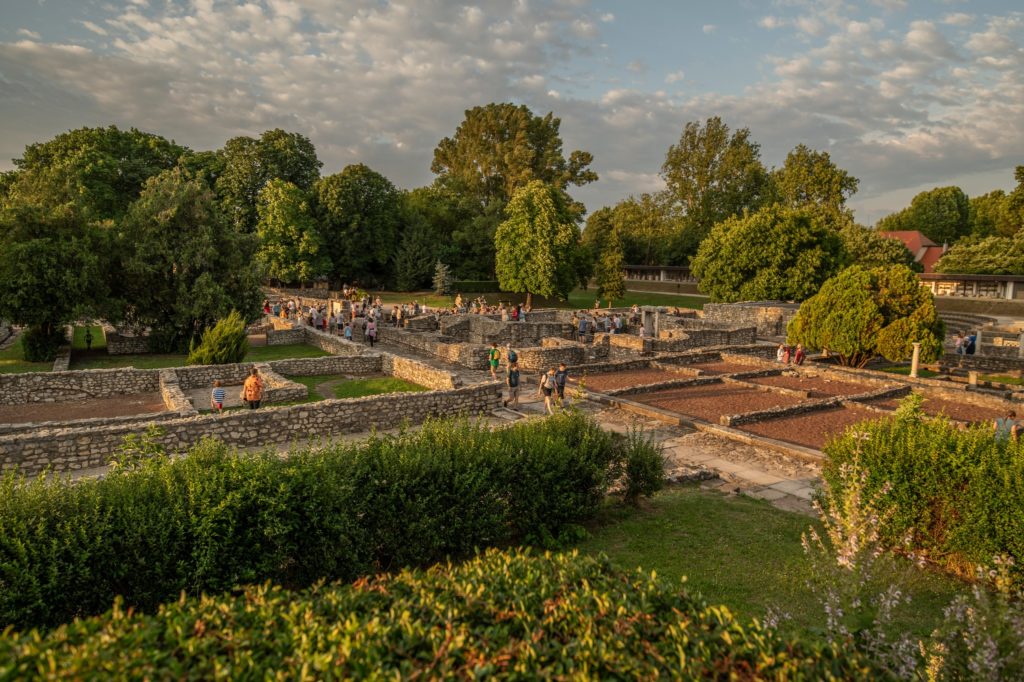
The history of Budapest dates back to Roman times, when the settlement of Aquincum was founded on the territory now occupied by the city. This settlement became the nerve centre of the Roman province of Lower Pannonia, leaving a legacy in the urban organisation and archaeological remains that can still be seen in different parts of the city, such as the Aquincum Museum. The Roman presence marked the beginning of a long tradition of settlements that would evolve into the three cities that, in 1873, were united to form modern Budapest.
The Ottoman Era and the Rebirth of Buda
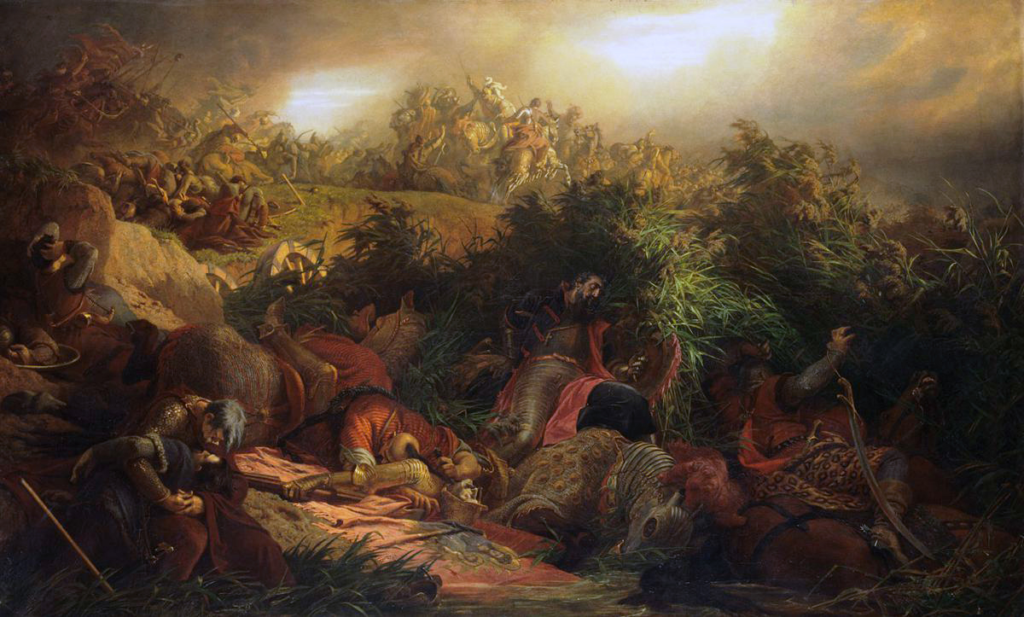
During the Middle Ages and the early modern period, the region experienced decisive moments. After the defeat at the Battle of Mohács (1526), the territory of the former Kingdom of Hungary was fragmented: while the west and north came under the influence of the House of Habsburg, the centre – including Budapest – was occupied by the Ottoman Empire from 1541 onwards. For more than 150 years, Budapest lived under Turkish rule, which left deep imprints on its architecture and the ethnic composition of its inhabitants. The reconquest of Buda by Christian forces in 1686 marked the end of this period, initiating a process of restoration and modernisation that laid the foundations for the cultural splendour that would characterise the city for centuries to come.
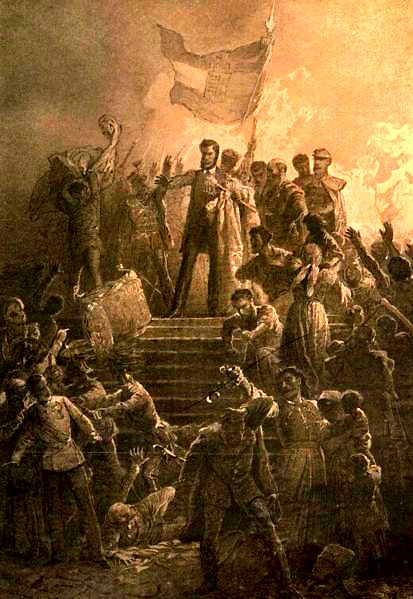
The 19th Century: A New Dawn and the Revolution
The 19th century witnessed profound changes that transformed Budapest into the vibrant metropolis we know today. The unification of Buda, Óbuda and Pest in 1873 consolidated the national identity and promoted remarkable urban, cultural and economic development. Landmark monuments were erected during this period, such as the Chain Bridge, symbolising modernity and the union of old and new. In addition, the Revolution of 1848 and the conflicts for independence helped to forge a national consciousness that is reflected in the city’s architecture, literature and traditions.
World War II and the Siege of Budapest

The 20th century marked one of the most painful episodes in the city’s history: the siege of Budapest during the Second World War. Between 24 December 1944 and 13 February 1945, the Hungarian capital witnessed intense fighting that left it in virtual ruins. Bombing, street fighting and massive bloodshed – it is estimated that up to 38,000 civilians died – transformed the cityscape, damaging historic monuments such as Buda Castle and destroying the bridges linking Buda and Pest. However, the devastation also demonstrated the enormous resilience of its inhabitants, who, despite the horror of war, rallied together to rebuild the city and preserve its cultural heritage.
Post-war, Reconstruction and the Communist Era
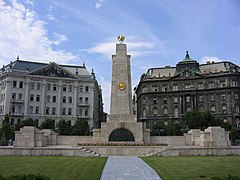
After the end of the conflict, Budapest faced the arduous challenge of reconstruction. Clearing rubble, restoring landmark buildings and re-establishing public services was a process that spanned several decades. International aid – including the Marshall Plan – facilitated the modernisation of infrastructure, while the intervention of the communist regime transformed the urban landscape, removing some symbols of the monarchical past and building others in their place. The Hungarian Revolution of 1956, though brutally crushed, left an indelible mark on the collective memory and reaffirmed Budapest’s fighting spirit and quest for freedom.
Monuments and Landmarks
Buda Castle
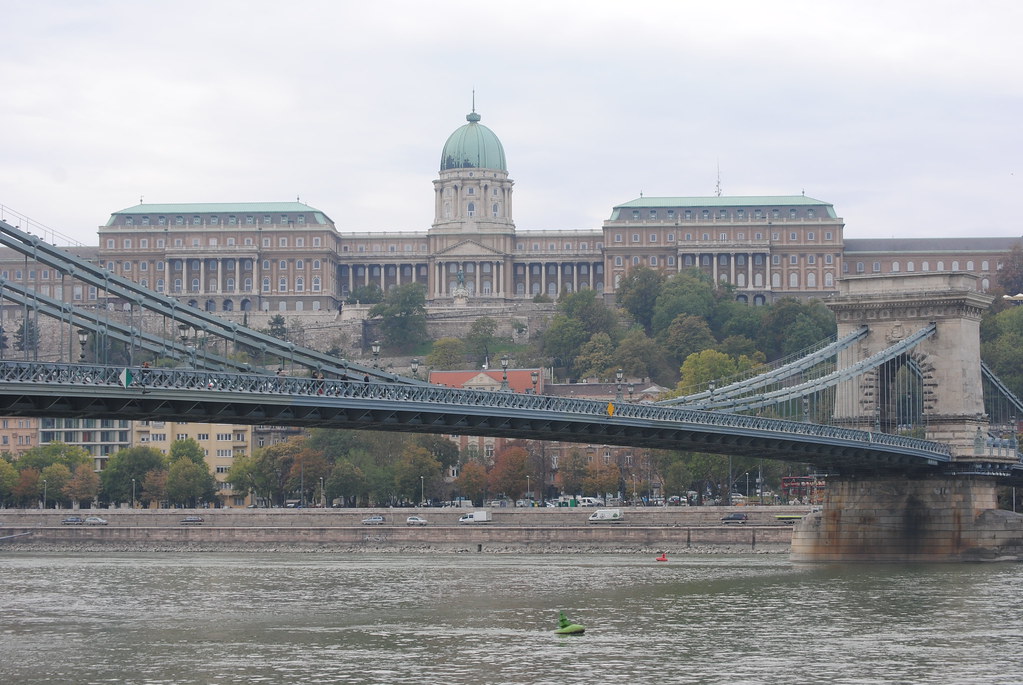
Buda Castle is much more than an imposing fortress; it is a living witness to Hungary’s history. Its origins date back to the 14th century, when it was built in the late Gothic style on the southern part of the Castle Hill. Over the centuries, the castle was enlarged and remodelled many times. During the Ottoman rule, the fortress fell into a state of neglect; however, after the reconquest in 1686, the Habsburgs pushed for its restoration in the late Baroque style. Later, during World War II, the castle was badly damaged in the siege of Budapest, but was rebuilt in a more austere style during the communist era. Today, the complex houses the Hungarian National Gallery and the Budapest History Museum, and is part of the UNESCO World Heritage Site. This mix of styles – from Gothic to neoclassical – reflects the many historical layers that have contributed to the city’s identity.
Matthias Church
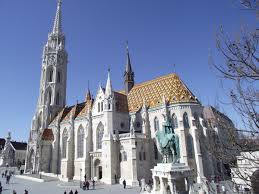
Matthias Church is one of Budapest’s most iconic churches, with a history spanning almost eight centuries. Its origins are believed to date back to the reign of Béla IV, when the construction of a church on Buda Hill began. During the 15th century, King Matthias Corvinus undertook a thorough renovation, earning it the nickname by which it is known today. With the arrival of Ottoman rule in 1541, the church was transformed into a mosque until the expulsion of the Turks allowed it to regain its status as a church. The neo-Gothic restoration carried out between 1874 and 1896 by Frigyes Schulek gave the building its present impressive appearance, with a colourful tiled roof and ornamental details that make it a true architectural treasure.
Chain Bridge
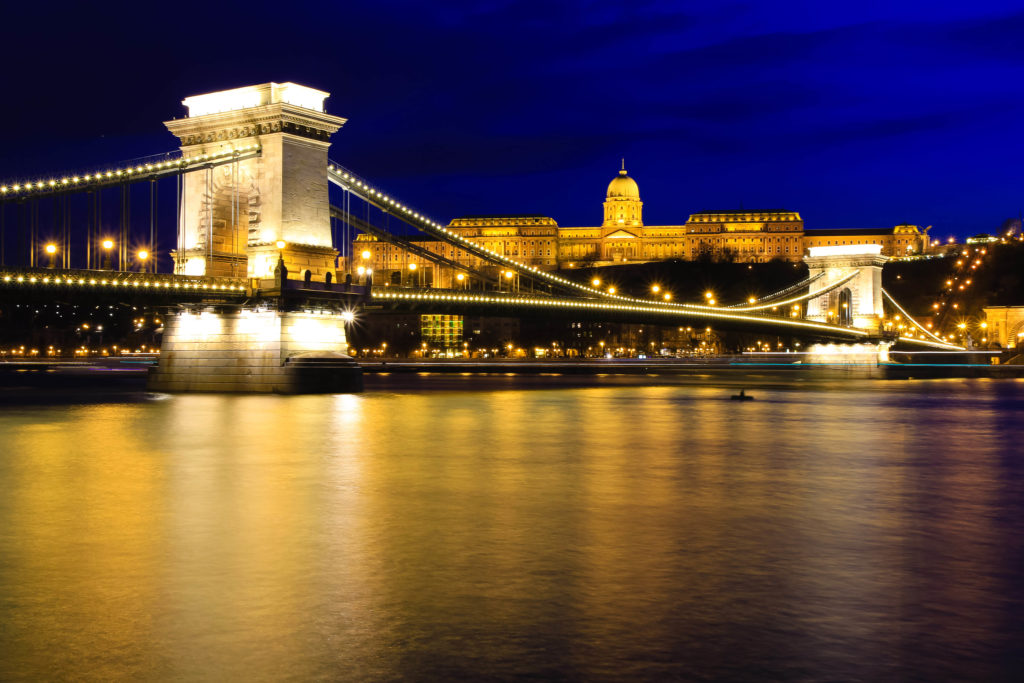
The Chain Bridge is the first permanent bridge linking Buda and Pest, becoming one of the most recognisable symbols of Budapest. Its construction began in 1839 thanks to the impulse of Count István Széchenyi, and the Scottish engineer Adam Clark was in charge of its design, inspired by British models such as the Hammersmith Bridge. Opened on 20 November 1849, the bridge not only facilitated urban development, but also symbolised the union of two worlds. During the Second World War, the Germans demolished it as they withdrew, but it was rebuilt and reopened in 1949, exactly 100 years later. Its overhanging structure, composed of chain links instead of modern cables, and its imposing stone towers give it a unique character, while legends, such as the guardian lions who, according to tradition, will come to life in times of crisis, add a cloak of mystery to its already legendary figure.
Heroes’ Square
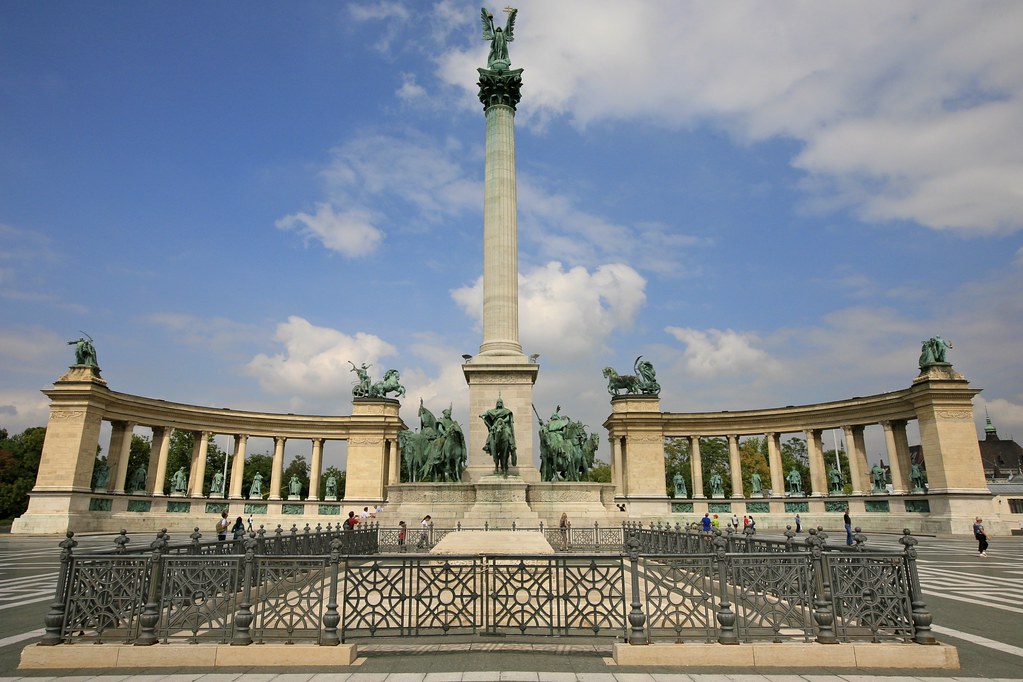
Heroes’ Square is one of Budapest’s most significant and emblematic public spaces. Originally built in 1896 to commemorate the millennium of the Hungarian conquest of the Carpathian Basin, and completed in 1929, this square embodies national pride. In the centre stands the Millennium Monument, crowned by the figure of the Archangel Gabriel, holding a replica of Hungary’s crown in one hand and the cross symbolising the kingdom’s Christian identity in the other. Around it, two rows of statues represent the heroes and monarchs who have marked the history of the country, including the founders of the seven Magyar tribes. Heroes’ Square has been the scene of momentous historical events, such as the massive funeral of Imre Nagy in 1989, which symbolised the popular outcry for democracy and liberation from communist rule.
Memento Park
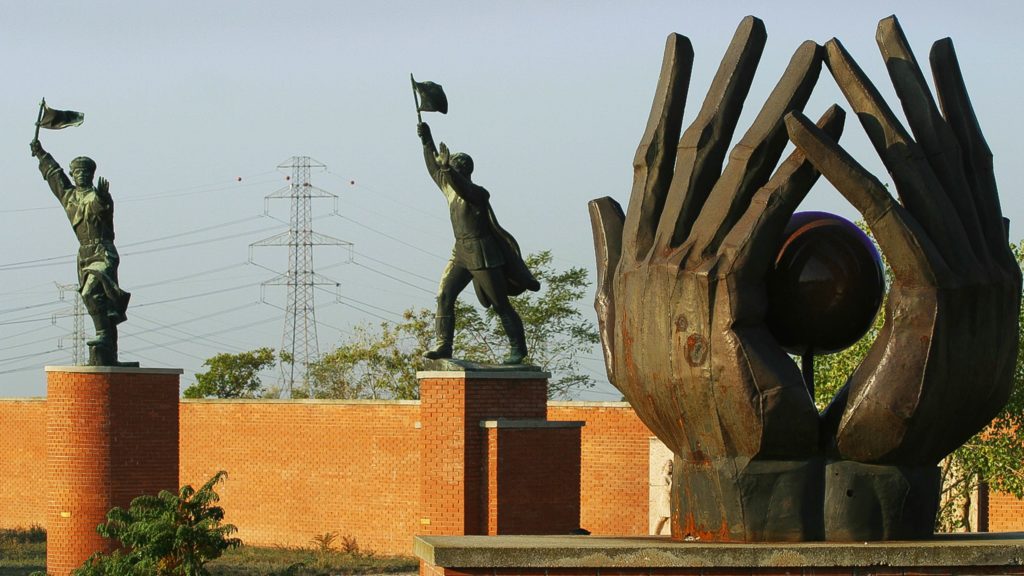
Memento Park is an open-air park on the outskirts of Budapest that houses a collection of sculptures and monuments from the communist period. After the fall of the regime, many of the statues from the socialist era were removed from public spaces in the city centre. Memento Park was established to preserve these remnants of the past, allowing visitors to reflect on Hungary’s recent history. Among its exhibits are iconic figures, such as statues of leaders and ideological symbols, offering a raw and sometimes controversial view of the communist era. This space is not only an open-air museum, but also a reminder of the times of oppression and, at the same time, a symbol of the freedom that was achieved after the democratic transition. This article explores the park in more detail.
Tips for the Visit
How to get there: Most of the monuments are located in the historic centre and are well connected by public transport (metro, tram and bus). It is recommended to use local map apps like Budapest Go to plan your routes. If you need more information, you can check this article.
Opening times and entrance fees: Some sites, such as Buda Castle and Matthias Church, have specific opening times and may require tickets. Check official websites or tourist platforms for the most up-to-date information.
Guided Tours: A guided tour will give you a deeper understanding of each monument, its anecdotes and historical significance. Yo can get more information here.
Practical Tips: Bring comfortable shoes, water and a camera to capture the beauty of these places. Remember to respect local rules and contribute to the preservation of cultural heritage.

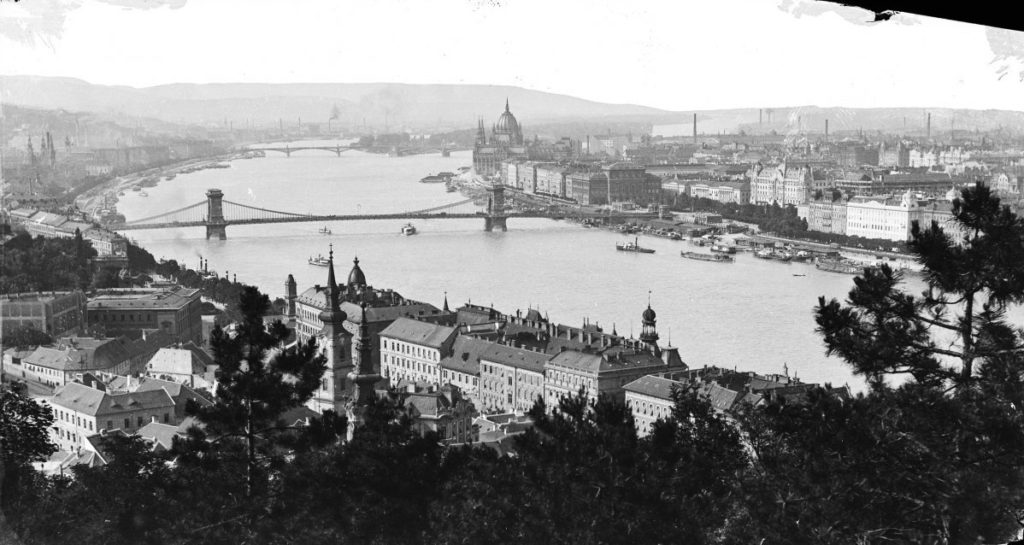
Comments are closed.